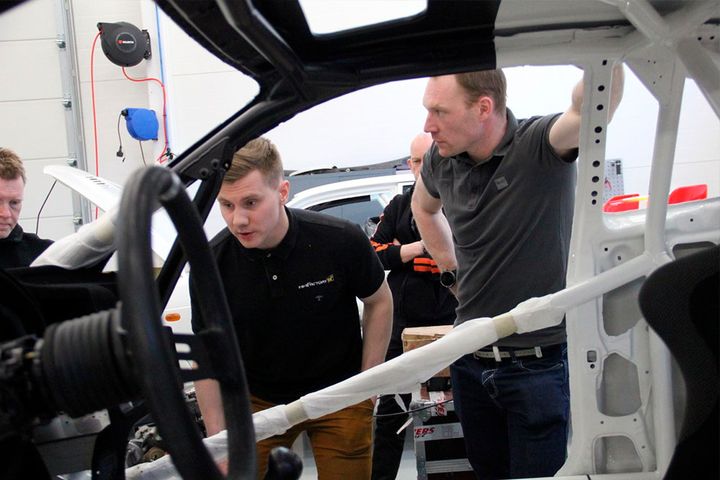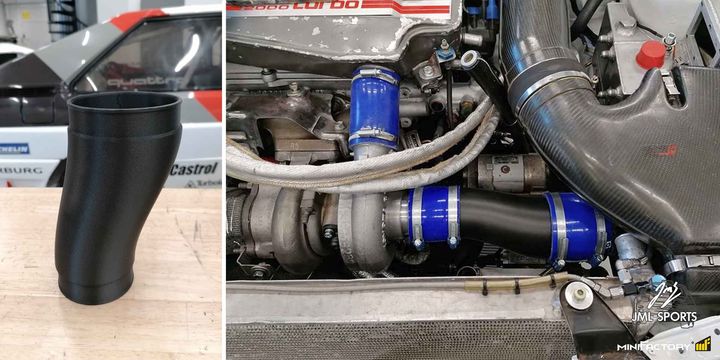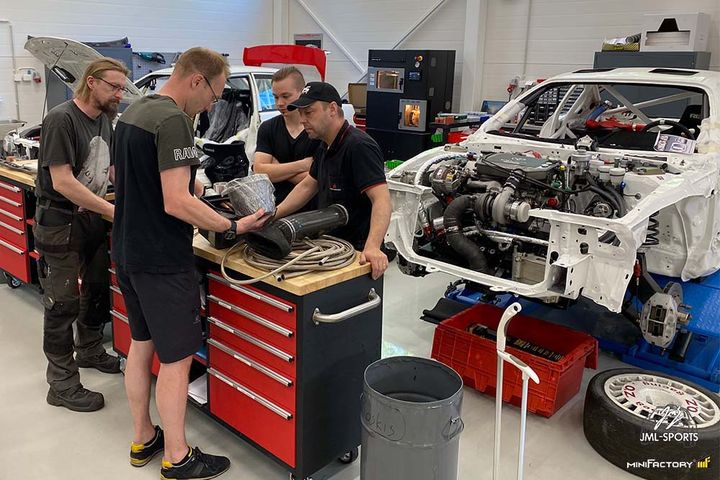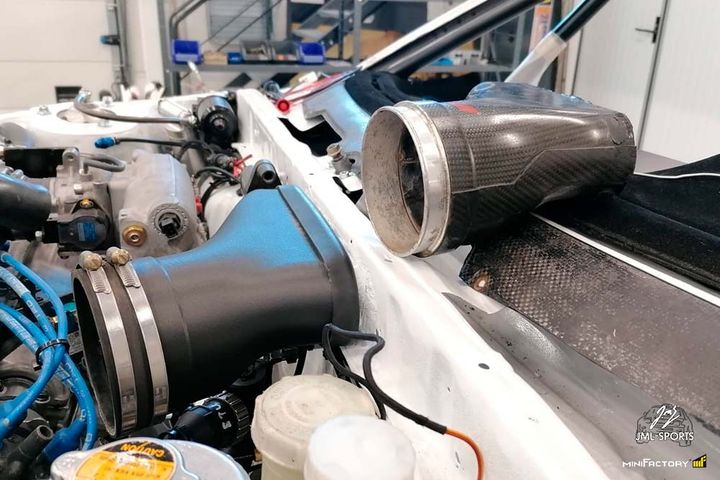
I’m reading a fascinating story about how a small motorsport company is using 3D printing in a very different way.
The company is Finland-based JML-Sports, which is an automotive company specializing in rebuilding decades-old “cult cars”, like the Toyota Celica or the Mitsubishi Lancer. It’s the brainchild of Finnish rally car driver Jari-Matti Latvala,
Latvala knows something about cars, as he’s booked no fewer than 18 rally wins in over 209 races during the past two decades. He’s also an entrepreneur, and JML-Sports is one of his ventures.
As you might imagine, there are a number of unusual part requests generated during the restoration and improvement of these older vehicles, and the availability of these parts is quite scarce. The manufacturers may have run out of them by this time. Also, to push the envelope of performance, JML-Sports likely introduces some unusual and unique modifications for which there are no available parts.
Even if such parts were available, they’d have to be shipped in with several days delay, at the very least.
JML-Sports 3D Printing

JML-Sports has developed a different workflow to overcome this that I feel is quite interesting. While custom 3D printed parts for automobiles is not a new thing by any stretch, JML-Sports seems to be making them in a different way.
They do it on demand, on site in the workshop right beside the vehicle.
In other words, when a need for a part is uncovered, measurements are taken immediately, and CAD software quickly designs the part. The part is then 3D printed on-site and a couple of hours later it is installed in the vehicle.
This is very different from existing workflows where these functions are all independent and often separated by large geographic distances. Here, we have all elements right in the same workshop.
Need a part? Design it. Make it. Use it.
Workshop of the Future

There’s a couple of reasons for this to be even possible these days.
First, the materials used in 3D printing have been increasing in capabilities for many years, and have finally reached the point where they are sufficiently capable of being used in end-use applications, like motorsport.
Secondly, the types of materials have changed. Early 3D printer materials were all low-temperature types that were effectively unusable in automotive applications because they would not withstand the heat generated by nearby engine components.
But now that’s changed because there are a number of high-temperature materials now available, such as ULTEM or PEEK, which can be produced on specific 3D printers designed to handle these extreme-heat materials. One of these 3D printers is the miniFactory Ultra, which can not only produce high-heat resistant objects, but can also provide engineering reports for printed objects with their Aarni system.

By equipping their workshop with the Ultra, JML-Sports was able to dramatically transform their workflow. Not only were delays shortened significantly, but the ability to use 3D printed parts allows for lighter-weight parts, something that’s always desirable in motorsport.
Finally, there’s another advantage: the ability to design, make and use, on the spot, an object that attempts to implement a new idea is breathtaking. A worker could simply say, “what if we try this?” and a couple of hours later they’d be using it.
That’s different.
That’s the workshop of the future.
Via miniFactory
